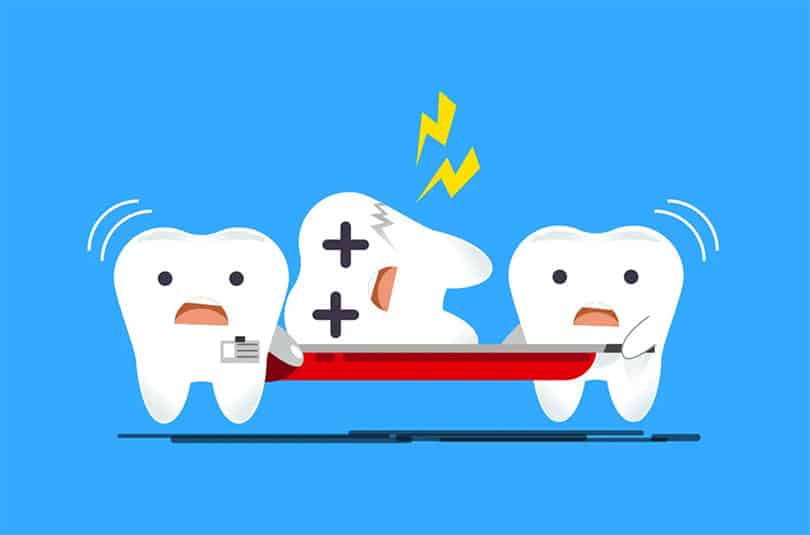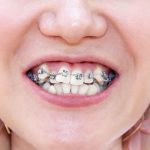When it comes to a toothache, don’t fall for old wives’ tales about aspirin and whiskey. Aspirin is acidic. If you don’t swallow it and instead let it dissolve against your gum to try for faster relief, it might burn your gum tissue.
So what should you do for dental emergencies ranging from a toothache to a broken tooth to a possible broken jaw? For starters, if you have pain or swelling, you can take an over-the-counter painkiller, such as ibuprofen. Avoid aspirin: If you are bleeding, aspirin can make the blood flow more freely. If you are bleeding from a cut or a knocked-out tooth, apply pressure with your hands or a cloth to staunch the flow of blood. Here’s more advice on what you should do in case of dental emergencies.If you have a broken jaw, you will usually feel pain and have facial swelling. Other possible symptoms include jaw stiffness, bleeding from the mouth and an abnormal appearance of the cheek or jaw. You might also have loose or damaged teeth, and it will probably be difficult to open your mouth widely.
To control the swelling, apply cold compresses, such as ice packs, bags of ice or even a package of frozen vegetables. Stabilize the jaw using a small towel wrapped beneath the jaw and tied on top of the head. Go at once to your dentist or hospital emergency room.Clean the area gently with a cloth. Apply pressure and cold compresses, such as ice or popsicles, to stop the bleeding and reduce swelling. Go to a hospital emergency room if the bleeding doesn’t stop.
 Rinse your mouth with warm water to clean the area, use cold compresses and call your dentist immediately. If possible, bring the broken piece of your tooth to your dentist’s office. If it is large enough, your dentist might be able to bond it to the original tooth.The American Dental Association advises holding the tooth by the crown and rinsing off the root of the tooth in water if it is dirty. Don’t scrub it or remove any attached tissue fragments. If it is not too painful, gently insert and hold the tooth in its socket. Otherwise, to keep the tooth and its root tissues moist, put it in a container of milk or saliva while getting to a dentist as quickly as you can. You can also carry it between your lower lip and lower gum if you don’t have a container.Gently try to move the object with dental floss, but avoid cutting your gums. Never use a sharp object to dislodge something stuck between your teeth. If dental floss doesn’t work, contact your dentist.Rinse your mouth with warm water and gently use dental floss or an interdental cleaner to make sure there is no food or other debris caught between your teeth. Toothaches are usually the result of either tooth decay or an infection. Appropriate treatment could include antibiotics and dental restoration, so call your dentist if the pain persists.
Rinse your mouth with warm water to clean the area, use cold compresses and call your dentist immediately. If possible, bring the broken piece of your tooth to your dentist’s office. If it is large enough, your dentist might be able to bond it to the original tooth.The American Dental Association advises holding the tooth by the crown and rinsing off the root of the tooth in water if it is dirty. Don’t scrub it or remove any attached tissue fragments. If it is not too painful, gently insert and hold the tooth in its socket. Otherwise, to keep the tooth and its root tissues moist, put it in a container of milk or saliva while getting to a dentist as quickly as you can. You can also carry it between your lower lip and lower gum if you don’t have a container.Gently try to move the object with dental floss, but avoid cutting your gums. Never use a sharp object to dislodge something stuck between your teeth. If dental floss doesn’t work, contact your dentist.Rinse your mouth with warm water and gently use dental floss or an interdental cleaner to make sure there is no food or other debris caught between your teeth. Toothaches are usually the result of either tooth decay or an infection. Appropriate treatment could include antibiotics and dental restoration, so call your dentist if the pain persists.



